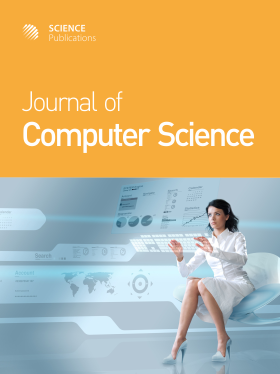AI-Based Feature Extraction Approaches for Dual Modalities of Autism Spectrum Disorder Neuroimages
- 1 Department of Computer Science Christ, Deemed to be University, Bangalore, India
Abstract
High-dimensional data, lower detection accuracy, susceptibility to manual errors, and the requirement of clinical experts are some drawbacks of conventional classification models available for Autism Spectrum Disorder (ASD) detection. To address these challenges and explore the affiliated information from advanced imaging modalities such as Magnetic Resonance Imaging (MRI) in structural MRI (sMRI) and resting state-functional MRI (rs-fMRI), the study applied an Artificial Intelligence (AI) approach. In this context, AI is used to automate the feature extraction process, which is crucial in the interpretation of medical images for diagnosis. The work aims to apply AI-based techniques to extract the features and identify the impact of each feature in the Autism diagnosis. The morphometric features were extracted using sMRI images and rs-fMRI scans were employed to fetch functional connectivity features. Surface-based, region-based, and seed-based analyses are performed for the whole brain, followed by feature selection techniques such as Recursive Feature Elimination (RFE) with correlation, Principal Component Analysis (PCA), Independent Component Analysis (ICA), and graph theory are implemented to extract and distinguish features. The effectiveness of the extracted features was measured as classification accuracy. Support Vector Machine (SVM) with RFE is the best classification model, with 88.67% accuracy for high-dimensional data. SVM is a supervised learning model that outperforms other classification models due to its capability to handle high-dimensional data with a larger feature set. Medical imaging modalities provide detailed insights and visual differences related to various cognitive conditions that must be recognized accurately for efficient diagnosis. The study presented an empirical analysis of various Feature extraction approaches and the significance of the extracted features in high-dimensional data scenarios for Autism classification.
DOI: https://doi.org/10.3844/jcssp.2024.1495.1503

- 1,022 Views
- 415 Downloads
- 0 Citations
Download
Keywords
- Autism Spectrum Disorder
- Artificial Intelligence
- Feature Extraction
- MRI
- Structural MRI
- Functional MRI
